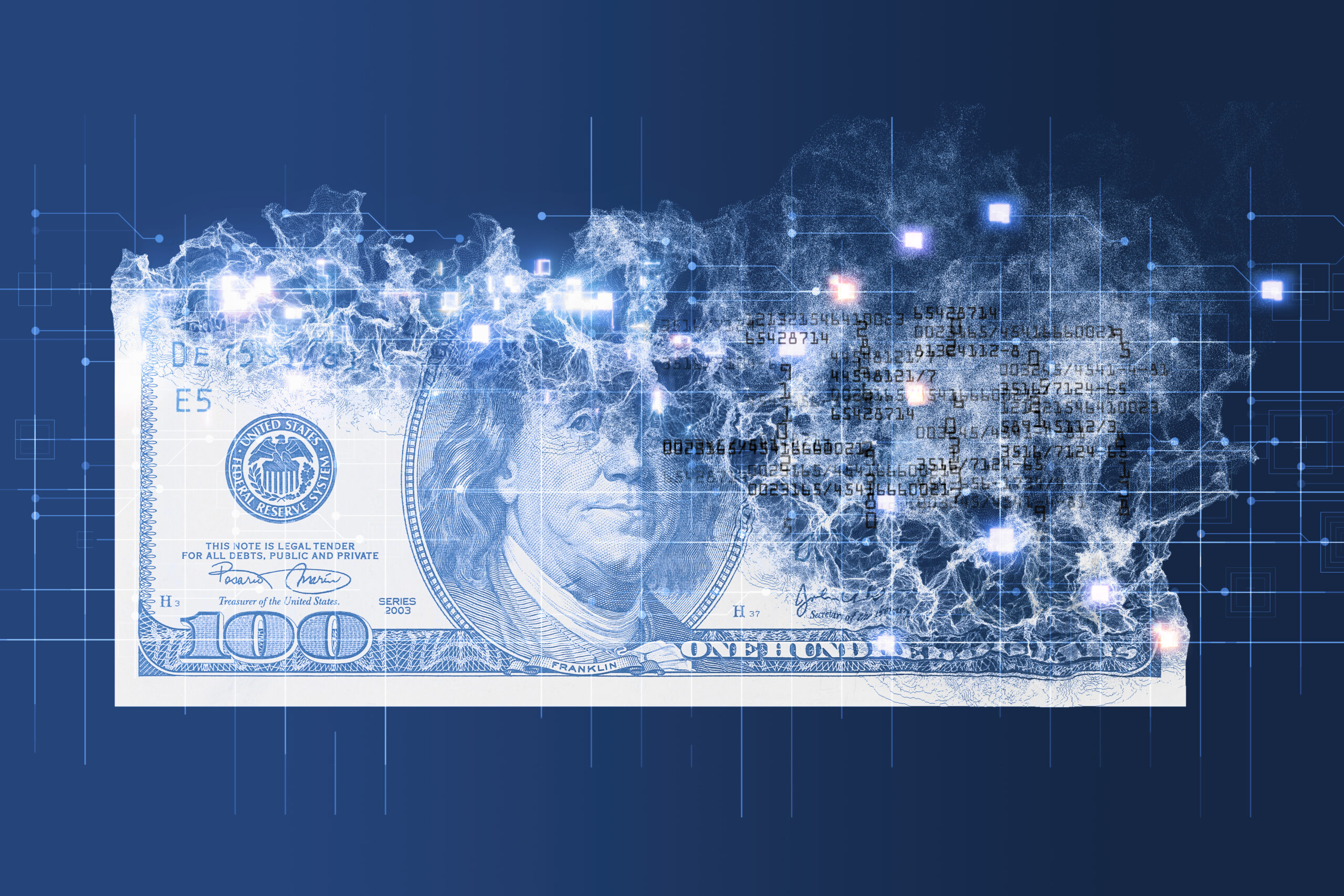We’re witnessing a dramatic transformation of the US utility sector, driven largely by climate change and the swift advancement of technologies such as artificial intelligence (AI). Rising infrastructure costs and the push toward renewable energy are shaking up traditional investment models that depend on fossil fuels.
Institutional investors face potential harm to their reputations caused by the slow adoption of climate risk measures and a fall in coal asset values. This uncertainty casts a shadow over dividend stability, pushing investors to seek higher returns and driving up capital costs.
At the same time, utility companies are being asked to provide more clarity on sustainability in their climate risk reports. They have an obligation to build resilience against climate impacts and secure their long-term financial sustainability.
AI to the Rescue: The Path to Net Zero
The path to attaining zero emissions by 2050 calls for a daunting overhaul of the global power grid, with the cost now estimated to be about $21 trillion. However, energy transition faces a complex web of regulatory and financial obstacles.
Electricity grid operators in the United States have begun to use AI and other digital tools to analyze vast amounts of data and tackle complex problems. This is a practical alternative to overhauling the entire electricity grid infrastructure. Through public and private funding, it offers a financially feasible pathway to achieve net-neutral targets by 2050.
Over the next 25 years, AI and other digital strategies will be deployed to substantially reduce the cost of revamping the US Power Grid. Integrating AI into the grid is critical for precise power forecasting and agile responses to challenges like equipment malfunction and fluctuating weather patterns.
Regardless of the evident improvements in system reliability brought about by the integration of AI, broadening its application for all-encompassing control over the grid continues to confront resistance from traditional utilities and governing entities.
Leaders in the US utility sector face several complex challenges including aged infrastructure, tighter regulations, and a broader shift to a digital, environmentally conscious economy. As they rise to these challenges, they will help mold an evolving operating environment.
Reliable data regarding utility firms’ investment in AI and other digital tools for climate risk mitigation is sparse. But there is a significant rise in AI and machine learning applications in various operations in the sector.
The US federal government, aware of AI’s potential to minimize costs and enhance efficiency, has taken decisive steps. The Department of Energy has committed $3 billion for AI-centric smart grid programs, for example. AI is a powerful tool for managing grid operations, providing real-time data and predictive analytics, and expediting routine planning tasks. Importantly, AI also lends a hand in estimating power interruptions by evaluating weather patterns and demographic data.
AI also optimizes the physical maintenance of the grid, enabling utility companies to orchestrate infrastructure supervision efficiently and plan timely repairs. This growing reliance on AI underscores its pivotal role in the journey to update and administer the US power grid.
Regulatory Spearheads
Key regulatory bodies such as the North American Electric Reliability Corporation (NERC), the Federal Energy Regulatory Commission (FERC), and various Public Utilities Commissions (PUCs) are spearheading the transition to renewable energy. Their role is quintessential in sanctioning the deployment of digital technologies like AI in the utility sector, simultaneously scrutinizing cost-effectiveness, openness, and the potential impact on end consumers.
Playing a pivotal role in the incorporation of AI to mitigate emissions is the National Energy Technology Laboratory (NETL). The NETL operates under the auspices of the Department of Energy and is dedicated to introducing improved technologies related to coal, natural gas, and oil that are in harmony with sustainability goals and climate resilience.
No Walk in the Park
Transitioning to renewable energy in the utility sector isn’t a walk in the park. The quest to ditch fossil fuel dependency faces opposition to rate increases and water shortages. These are reasons why embracing novel ideas to meet sustainability goals and improve grid robustness is crucial
The economic repercussions of climate change are clear. The bankruptcy of Pacific Gas and Electric Company (PG&E) is just one example. The primary cause of the utility’s downfall was the enormous financial burden caused by 2019 wildfires. Natural disasters such as these underscore the need to integrate AI and other digital technologies as strategic measures to mitigate the effects of climate change.
In response to PG&E’s staggering $30 billion in wildfire-related liabilities, California orchestrated a novel wildfire insurance policy. The innovative approach involved the creation of a $21 billion fund and stipulated a compulsory $5 billion investment toward safety by utilities, highlighting the gravity of these expenses.
Notably, the policy allows for the disruption of power supply as a preventive measure against wildfire threats. This, of course, presents its own set of complexities, particularly for vulnerable sectors of the population.
The marketplace tends to assume that ratepayers and insurers will shoulder the burden of costs associated with climate-related disasters. But, because climate threats are inherently unpredictable, calculating the risk is tricky.
PG&E is participating in a pilot program through EPRI Incubator Labs that illustrates the future of AI-powered wildfire detection. The technology integrates data from various channels that include live camera broadcasts and satellite imagery to detect fires and prevent potential devastation.
The growing adoption of AI in the utility sector is a striking contrast to 2019, when the absence of advanced technologies resulted in considerable loss of life in California and significant financial costs to investors in PG&E. The incorporation of AI serves as a turning point in PG&E’s commitment to boosting the safety and effectiveness of operations.

The Changing Face of Utility Stocks
Investors’ perspective on utility stocks in the United States has been shifted by the growing frequency of climate disasters. Once known as secure and profitable investments due to their rich dividends, utilities are now viewed as enterprises fraught with financial risks. Investors should favor utilities that employ AI and other digital strategies to minimize damage from natural disasters.
The case of Hawaiian Electric, which is grappling with litigation over wildfires in Lahaina, Maui, highlights the financial risks. Its parent company, Hawaiian Electric Industries, has halted dividend disbursements and has secured loans amounting to $370 million. And if liabilities exceed the estimated $3.8 billion, its contingency fund might not be sufficient.
Hawaiian Electric’s financial exposure could be immense, with damage claims potentially exceeding $5 billion — a figure far greater than the insurance coverage reported by the company. Hawaiian Electric’s monopoly in Hawaii’s energy market has faced criticism for squashing competition and contributing to insufficient risk-mitigation strategies.
Our rising reliance on renewable energy sources like wind and solar highlights the necessity of precise power generation and load prediction for system consistency and efficient resource usage. Grid operators, investors, and end-users are increasingly harnessing AI to enhance demand forecasting, better manage assets, and boost operational performance, which is leading to substantial cost savings.
The utility sector is experiencing a metamorphosis thanks to the widespread integration of digital innovations, which is enabling instantaneous decision-making within the complex lattice of energy grids. Deploying AI-powered algorithms also takes grid performance to a new level. These algorithms seamlessly integrate renewable energy into the mix by adeptly managing energy consumption at the consumer level and alleviating potential bottlenecks within the grid itself.
Furthermore, AI is vital in managing energy storage, adjusting according to projected demand, generation, and grid circumstances. This responsive nature enhances smart grids’ flexibility and efficiency.
It is clear, the US utility sector is at a critical juncture. Each utility company’s future success lies in its ability to acclimatize to climate change. Investors should favor the stocks of utilities that embrace AI and other digital technologies.
If you liked this post, don’t forget to subscribe to the Enterprising Investor.
All posts are the opinion of the author. As such, they should not be construed as investment advice, nor do the opinions expressed necessarily reflect the views of CFA Institute or the author’s employer.
Professional Learning for CFA Institute Members
CFA Institute members are empowered to self-determine and self-report professional learning (PL) credits earned, including content on Enterprising Investor. Members can record credits easily using their online PL tracker.














